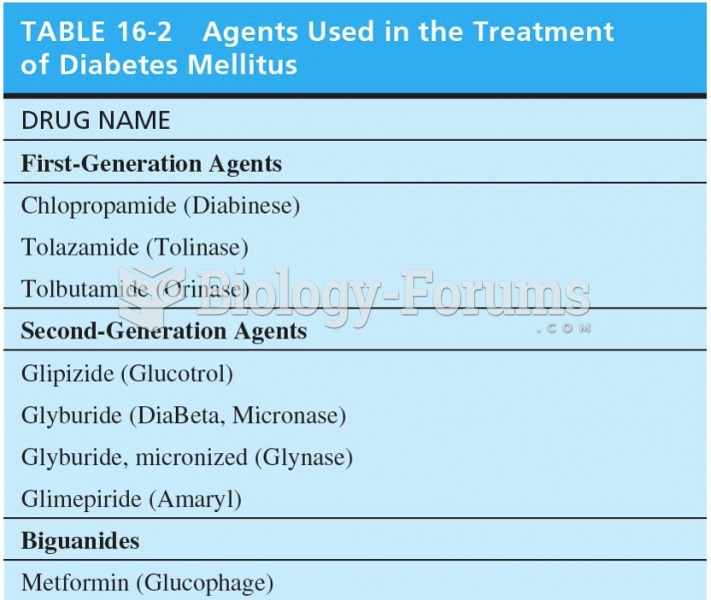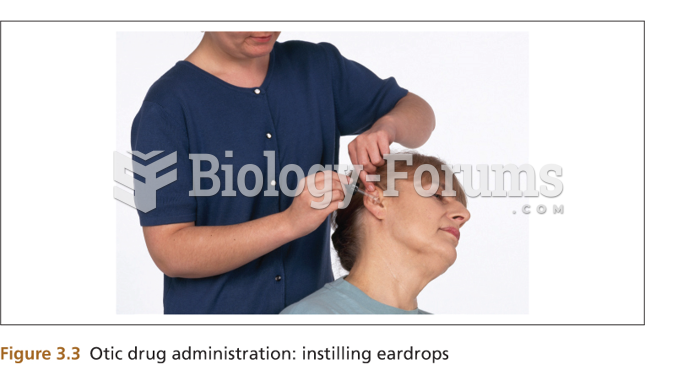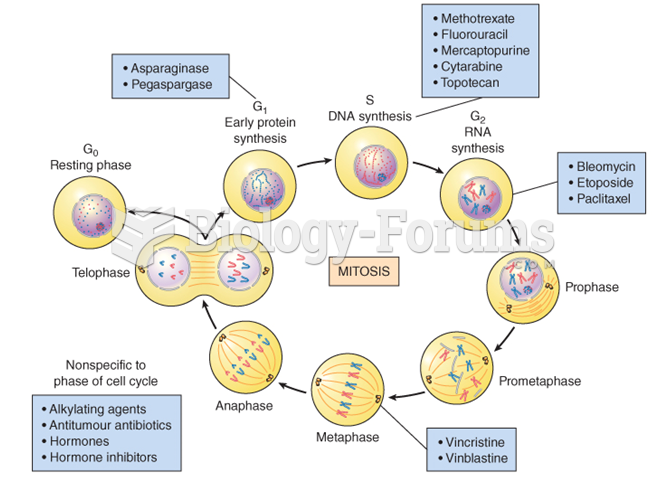Answer to Question 1
4
Rationale 1: Levodopa (Larodopa) is used for Parkinson's disease.
Rationale 2: Haloperidol (Haldol) can be used in some cases of Alzheimer's disease, but due to its adverse effects it is not frequently used.
Rationale 3: Benztropine mesylate (Cogentin) is used for Parkinson's disease.
Rationale 4: Donepezil hydrochloride (Aricept) is an acetylcholinesteras e inhibitor and the most frequently used drug for Alzheimer's disease.
Global Rationale: Donepezil hydrochloride (Aricept) is an acetylcholinesteras e inhibitor and the most frequently used drug for Alzheimer's disease. Levodopa (Larodopa) and benztropine mesylate (Cogentin) are used for Parkinson's disease. Haloperidol (Haldol) can be used in some cases of Alzheimer's disease, but due to its adverse effects it is not frequently used.
Answer to Question 2
3
Rationale 1: Native Americans are not known to have a G6PD enzyme deficiency so they are not at risk for developing hemolysis after ingestion of acetaminophen (Tylenol).
Rationale 2: Jewish clients are not known to have a G6PD enzyme deficiency so they are not at risk for developing hemolysis after ingestion of acetaminophen (Tylenol).
Rationale 3: African Americans have higher rates of G6PD enzyme deficiency. Clients with this deficiency are at risk for developing hemolysis after ingestion of certain drugs, including acetaminophen (Tylenol).
Rationale 4: Caucasians are not known to have a G6PD enzyme deficiency so they are not at risk for developing hemolysis after ingestion of acetaminophen (Tylenol).
Global Rationale: African Americans have higher rates of G6PD enzyme deficiency. Clients with this deficiency are at risk for developing hemolysis after ingestion of certain drugs, including acetaminophen (Tylenol). Native Americans, Jewish clients, and Caucasians are not known to have a G6PD enzyme deficiency so they are not at risk for developing hemolysis after ingestion of acetaminophen (Tylenol).







